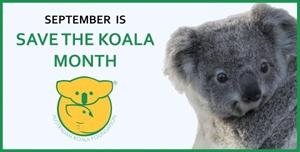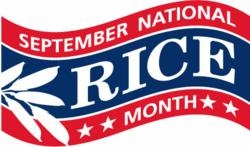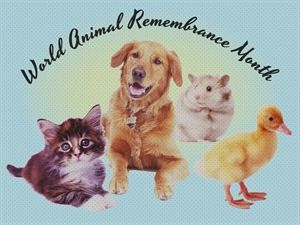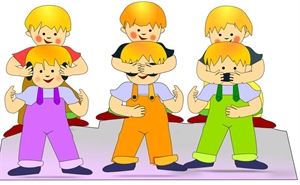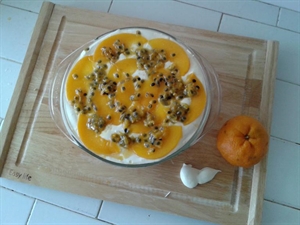National Save A Tiger Month on September, 2024: What is Best Time to Visit Jim Corbett National Park?
September, 2024 is National Save A Tiger Month 2024. Donate to Save Tigers Your WWF Donation Can Help Save Tigers & Other Threatened Species.

Jim Corbett National Park lies in the Nainital, Pauri Garwhal and Bijnore Districts of Uttaranchal.
The present area of the Reserve is 1318.54 sq. km. including 520 sq. km. of core area and 797.72 sq. km. of buffer area. The core area forms the Jim Corbett National Park while the buffer contains reserve forests (496.54 sq.km.) as well as the Sonanadi Wildlife Sanctuary (301.18 sq.km.)
The core is bounded to the North by the Kanda Ridge, with a height of 1043 m at its highest point. The entire area of the reserve is mountainous and falls in the Shivalik and Outer Himalaya geological region. It forms the catchment area of the Ramganga, a tributary of the Ganga.
The Ramganga flows from East to West in the reserve through landscapes of incredible beauty. Dammed at Kalagarh at the south-western end of the reserve in 1974. The reservoir created, submerged 40-sq. km. of prime grassland. The area on the western side of the reservoir now constitutes the Sonanadi Wildlife Sanctuary.
After India attained independence in 1947 the park was renamed as Ramganga National Park. In 1956, it was renamed as Jim Corbett National Park, in memory of Jim Corbett. Project Tiger, India's ambitious conservation program to save the tiger and its habitat was launched from Corbett in 1973.
General Information
Altitude: 385-1100 m above mean sea level
Annual rainfall: 1400-2800 mm.
Temperature range: 4°C in winter to 42°C during summer.
Getting There
Road:
280 km, around 7 hrs driving time
Delhi - Moradabad - Kashipur - Ramnagar - Corbett
Rail:
Ranikhet Express from Delhi to Ramnagar
Departure at 10.40 pm from Old Delhi Railway Station.
Arrival at 5.00 am at Ramnagar Station.
Tips for Travellers
When visiting the wildlife park:
Follow the rules, for e.g., do not walk around if you are not permitted to do so
Wear clothes in shades of brown and green as they are less disturbing to the environment
Avoid wearing perfumes and do not smoke in restricted areas.
Animals are extremely weary of the human voice. Don’t make noise, don’t play music and please don’t honk car horn.
Carry Personal medication and insect repellent
Carry Binoculars, Cameras, film rolls and Flashlight along with books and other reading material
Don’t leave behind any litter and plastic bags are big hazards for animals
Comfortable walking shoes are appropriate than the fashionable ones
For winter travel heavy woolens are a must especially for open jeep safaris. Cottons are apt for summer months
Rain Gear is essential for the monsoons and
Find about the habits of the animal you want to see to avoid disappointment
Rest Houses in Dhikala Zone
Dhikala: Dhikala is the most well known of the destinations in Corbett. It is located at the edge of the broad Patli Dun valley through which the Ramganga flows in numerous channels. Dhikala offers an awesome uninterrupted panoramic view of the valley, with the Kanda ridge in the backdrop. This sight appears all the more imposing from the watchtower near Dhikala. The Tourist Complex overlooks Dhikala chaur (one of the largest remaining grasslands of the Park) and Phulai chaur. A drive through the numerous trails through chaurs is rewarded with sightings of wild elephants, chital, hog deer and numerous grassland bird species and raptors. The old rest house at Dhikala is a historic structure, having been built over a hundred years ago.
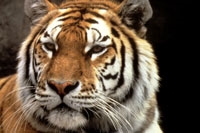
Where or what can I donate to to help save grizzlies?
Grizzly bears aren't really endangered anymore. In fact, their status was changed to threatened, as the number of grizzlies in Yellowstone National Park here in the U.S. and Alaska has either been stable or has increased. The government and concerned citizens have helped the grizzly bear, so I don't think it is necessary for you to spend money. However, there are still many endangered species in the world, some critically so, including the black rhino, the tiger, the giant panda, the okapi, etc. Poaching and habitat destruction are the main contributors to this human-made disaster, but climate change, a.k.a. global warming, is the most threatening factor for the huge and powerful polar bears of the North Pole.
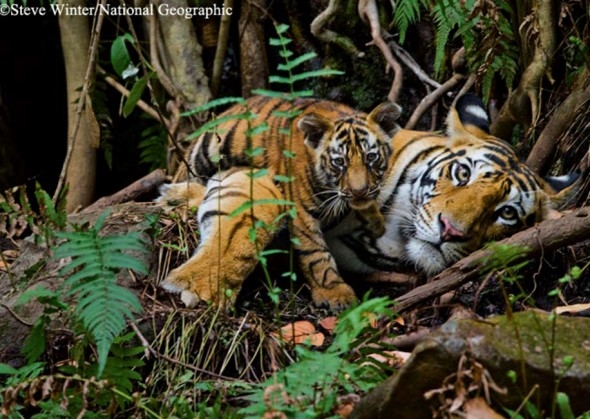
My best friend and I love each other, and we're both females. Is it wrong? I can't let her go!?
specializing in lesbian and gay studies. Some of her acclaimed books include Queering India: Same-Sex Love and Eroticism in Indian Culture and Society (2002), Love’s Rite: Same-Sex Marriage in India and the West (2005), and Gandhi’s Tiger and Sita’s Smile: Essays on Gender, Sexuality and Culture (2005).
In this interview she answers questions about the representation of LGBT issues in the English media, mainstream cinema, Indian literature and the women’s movement.
Meena Kandasamy: The pride parades in Bangalore, New Delhi and Kolkata have garnered a fair share of media representation. How do you view this development?
Ruth Vanita: This is not a new development as far as the Indian national media in English is concerned, as they have been largely positive and sympathetic towards LGBT issues. They covered the early protests by ABVA and others in a supportive way and have also been instrumental in bringing same-sex suicides and weddings to public attention over the last three decades. If the Indian language media has also reported the pride parades sympathetically, that is a great development.
Meena: A historic moment for lesbianism in India was the Deepa Mehta film Fire and the frenzy it evoked from Hindu right-wing fundamentalists. How do you, in your experience as a scholar on sexuality in India, perceive their allegation that same-sex love is ‘foreign’ to Indian culture?
Ruth: As Same-Sex Love in India: Readings from Literature and History (2000), co-edited by Saleem Kidwai and me, has unequivocally demonstrated, same-sex love and sexual relationships have been represented and discussed in Indian literatures for at least two millennia. We collected translated texts from 15 Indian languages written over a period of 2000 years, which depict same-sex relationships. The attitudes range from disapproval to non-judgmental depiction to celebration, and the languages include Sanskrit, Tamil, Marathi, Gujarati, Hindi, Bengali. So the myth that homosexuality is a Western import has been laid to rest although some people may still be in denial about it. An updated edition of this book will appear from Penguin India this November.
Meena: How do you find mainstream Indian cinema’s depiction of the LGBT community? Transgenders are almost always mocked or shown as ridiculous; homosexuality has become a butt of jokes in films like Kal Ho Naa Ho; and lesbianism seems to be something that does not figure in their imagination (even in Love Story 2050, Harman Baweja wants to take rebirth as man for the only reason that he can love a woman, because in his understanding, if he were a woman he cannot love another woman).
Ruth: My Brother Nikhil depicted a gay male relationship with sensitivity, and was well received. Also, Hindi cinema, by depicting close male friends as inseparable and willing to live and die together (e.g. songs like “Yeh Dosti” in Sholay) has provided a space for non-heterosexual relationships to be seen as exclusive, even primary. In my book, Gandhi’s Tiger and Sita’s Smile (Yoda Press, 2006) I wrote an essay on this kind of depiction of exclusive, primary, male-male relationships in the films Dosti and Tamanna. Tamanna also depicted the hijra community very positively, as saving the life of a girl child from her wealthy, upper caste, biological father who wants to kill her. In numerous films, cross-dressing scenes, where a woman dresses as a man and sings and dances with another woman, are highly suggestive of lesbianism. More importantly, as both I and film studies scholar Shohini Ghosh have argued, Hindi cinema’s celebration of love as socially defiant and the most important element of life (think of the long cinematic history of depicting positively intercaste, interclass and inter-regional love such as widow remarriage etc.) has helped the public imagination become more sympathetic to disapproved kinds of love. It is not coincidental that Indian pride parades have used the film song line “Pyar kiya to darna kya” (from Mughal-e Azam) as a slogan.
Meena: From Chennai to Chattisgarh, there has been an alarming increase in the number of lesbian and gay suicides in India, and these have been taking place in the backdrop of the pride parades. Do you feel these people are pushed to their deaths in the same manner in which inter-caste, inter-religious lovers are? Is homophobia indicative of the Indian society’s general unwillingness to accept people who are breaching conventional and sanctioned social codes (of caste/ religion/ gender)?
Ruth: In my book Love’s Rite: Same-Sex Marriage in India and the West (Penguin India, 2005), I analyse in detail the legal, political, social and historical dimensions of both the couple suicides and the same-sex weddings that have been reported from all over the country over the last 30 years. There is no evidence that the frequency has increased; rather, it is the reporting that has increased. Yes, the opposition that same-sex lovers face is basical

